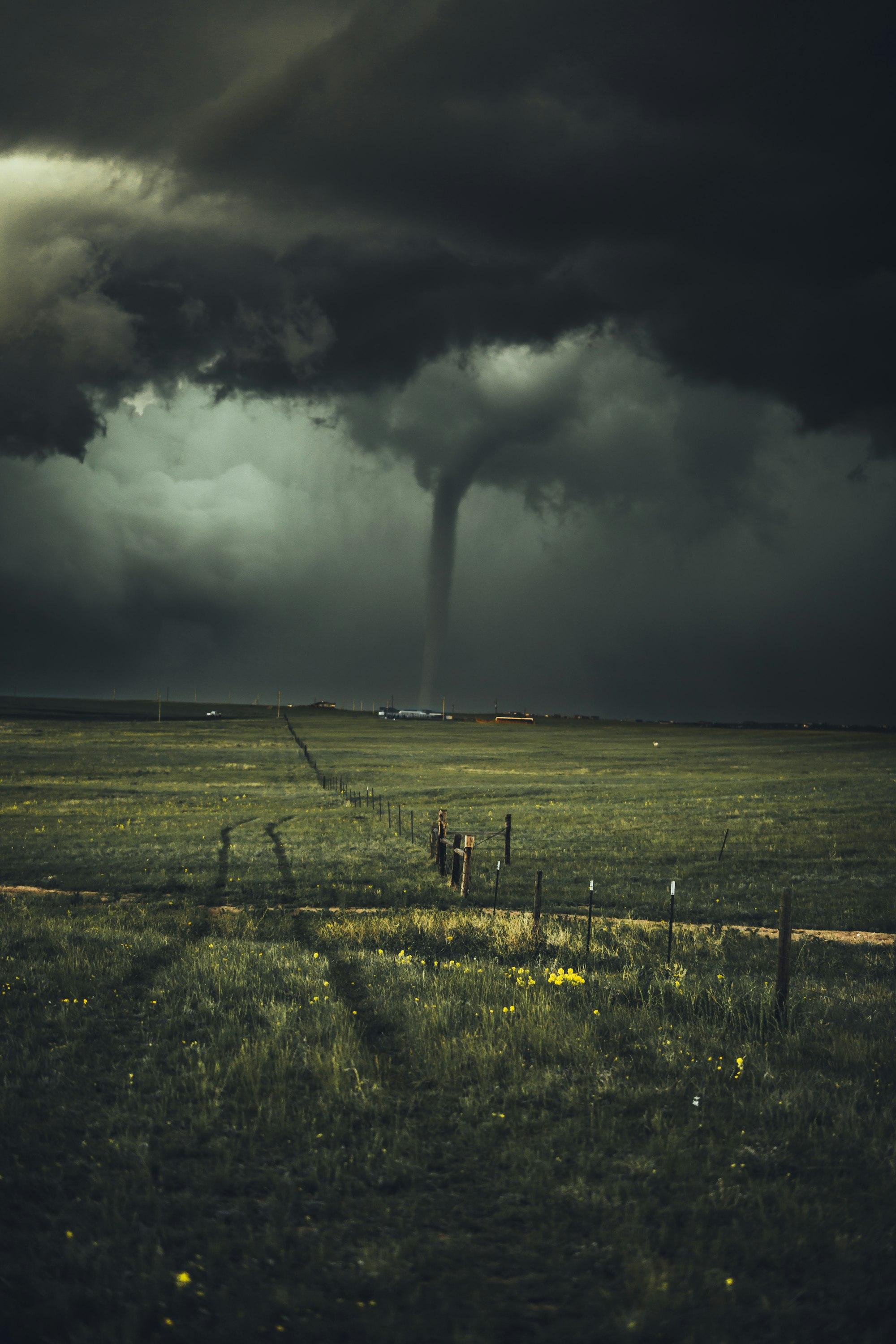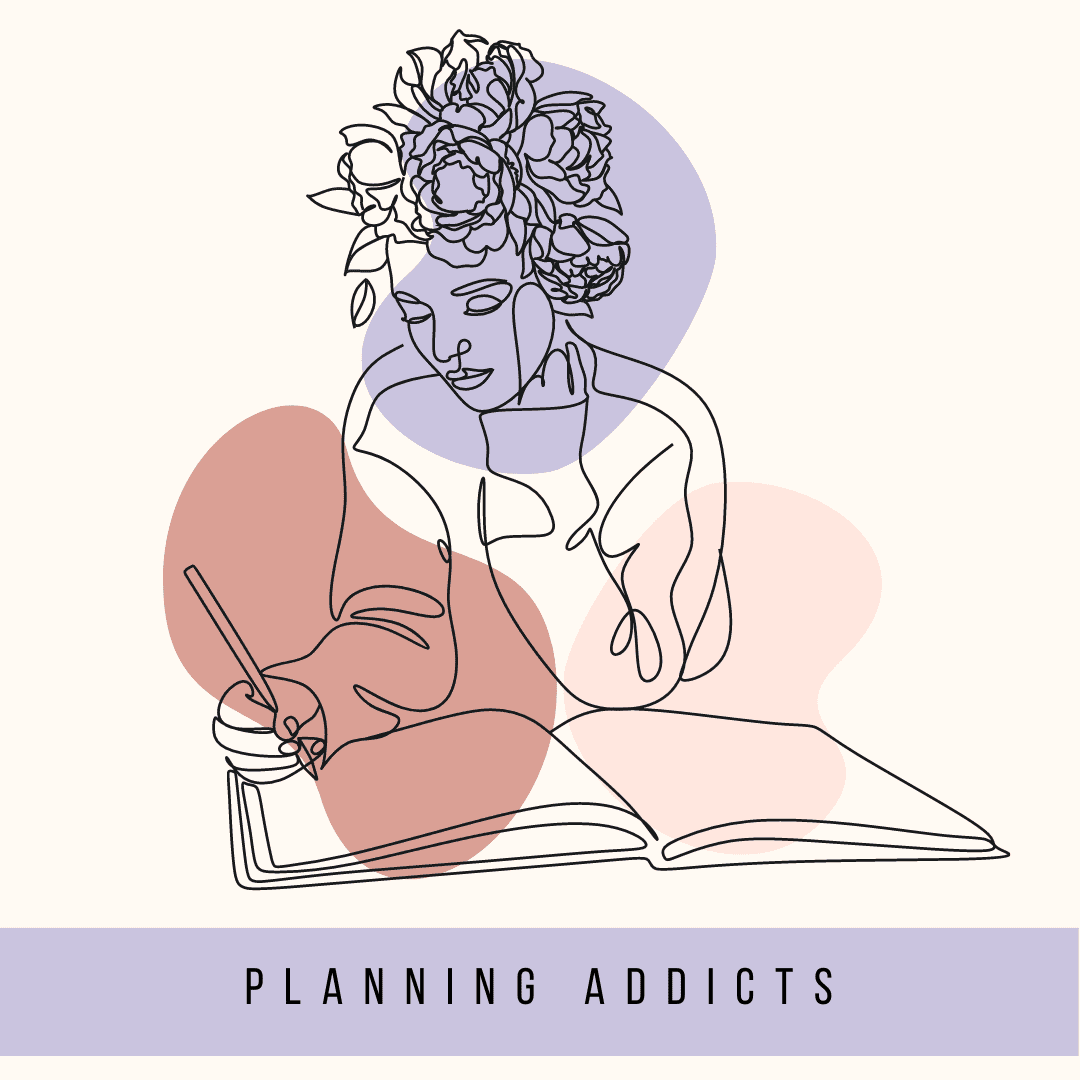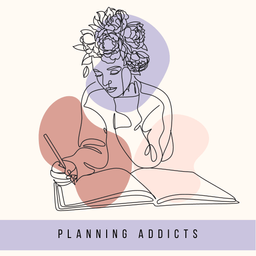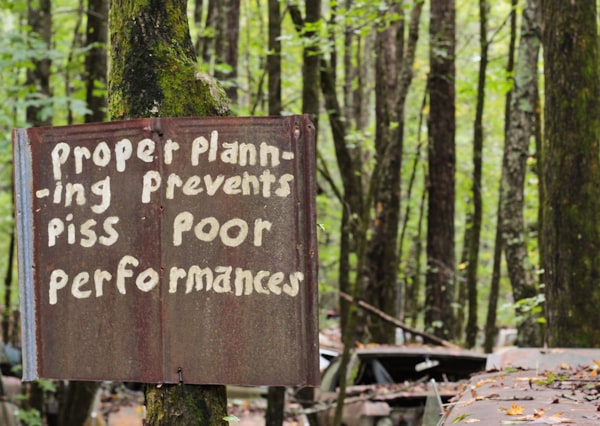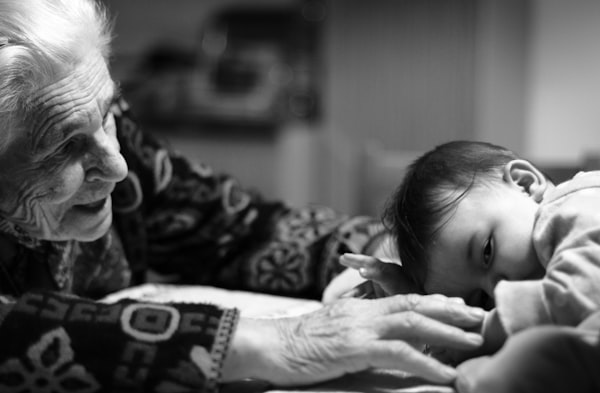Essential Tips to Planning for Natural Disasters

Natural disasters can be unpredictable and devastating. From hurricanes to earthquakes, these events challenge our resilience and preparedness. Planning can not only save lives but also help in managing the aftermath more effectively.
This information is designed to help you create the best printable checklists for disaster preparedness for your community and customers by using private label rights (PLR) content like emergency and disaster preparedness planners.
Best Planners for Natural Disaster Preparedness
When it comes to preparing for natural disasters, the right tools can make all the difference. Among these, is a well-structured planner.
A good disaster preparedness planner isn't just a notebook; it's a comprehensive tool that helps you organize, plan, and execute your disaster response effectively.
Features to Look for in a Disaster Preparedness Planner
A top-quality disaster preparedness planner should encompass several key features:
- Durability: It should be made of sturdy materials, capable of withstanding rough handling and possibly harsh weather conditions.
- Comprehensive Sections: The planner should include sections for emergency contact information, evacuation routes, family communication plans, and medical information.
- Customizability: Everyone's needs are different. A good planner offers the flexibility to tailor it to your specific requirements.
- Checklists and Inventories: Ready-made lists for emergency supplies, first aid kits, and other essential items can be a lifesaver in ensuring you have everything you need.
- Guides and Tips: Helpful tips on what to do before, during, and after various types of natural disasters can be immensely useful.

Here's a list of some ideas for Disaster Planners:
- The All-in-One Disaster Planner: This planner is a comprehensive tool, equipped with detailed sections for every aspect of disaster planning.
- The Compact Emergency Planner: Perfect for those who prefer something light and portable, this planner can easily fit into your emergency kit.
- The Family Disaster Planner: Specially designed for families, this planner includes sections for each family member and additional resources for pet care during disasters.
Each of these planners is designed with the specific goal of making your disaster preparedness as thorough and stress-free as possible. With these tools, you can confidently plan for the unexpected, knowing that you’re well-equipped to handle whatever comes your way.
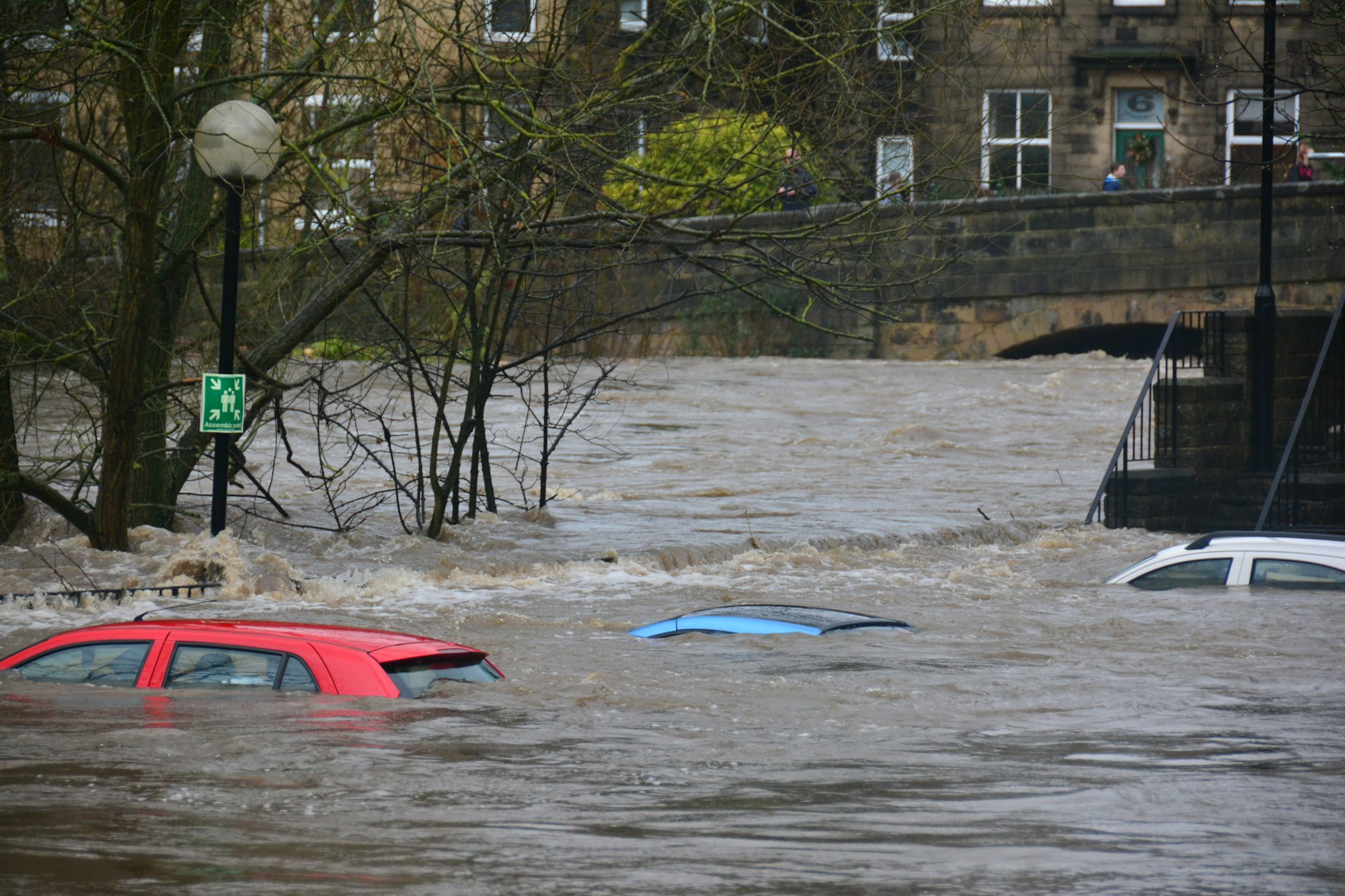
Effective Natural Disaster Planning Strategies
When it comes to natural disaster preparedness, having a strategy is not just about knowing what to do; it's about ensuring that you can act effectively when every second counts.
Effective planning is about anticipating potential scenarios and having clear, actionable steps to navigate through them. Let's delve into some key strategies that can enhance your natural disaster preparedness.
Discussing Key Strategies for Natural Disaster Preparedness
Recognize the Risks:
The first step in effective planning is to understand the types of natural disasters that are most likely to occur in your area. Whether it's floods, earthquakes, hurricanes, or wildfires, recognizing these risks will allow you to tailor your plan accordingly.
Create a Communication Plan:
In times of disaster, communication can be challenging. Establish a plan for how you will contact family members and where you will meet if separated. Consider scenarios where cell phones might not work.
Emergency Supplies:
Stock up on essential supplies including water, food, first aid kits, medications, and important documents. Regularly check and replenish these supplies to ensure they are up to date.
Evacuation Routes and Shelters:
Know your evacuation routes and have a plan for where you will go if you need to leave your home. Be aware of local shelters and their locations.
Practice Drills:
Regularly practicing your plan can help ensure that everyone knows what to do and can act quickly in a real emergency.
Stay Informed:
Keep up to date with local news and weather reports, especially during seasons prone to specific natural disasters. Consider investing in a weather radio for real-time updates.
How Planners Can Help in Implementing These Strategies
Planners are not just about scheduling; they can be life-saving tools in disaster preparedness. Here’s how:
Organizing Information:
A planner can serve as a central repository for all your important information related to disaster preparedness. From emergency contacts to insurance documents, having everything in one place is crucial.
Checklist Management:
Use your planner to maintain and update checklists for emergency supplies, ensuring nothing is overlooked.
Plan Documentation:
Document your emergency plans in your planner. This includes evacuation routes, communication plans, and emergency procedures.
Tracking Updates:
Regularly update your planner with new information, supplies, and strategies. Note dates for drill practices and supply checks.
Family Involvement:
Involve your family in the planning process. Use the planner to assign tasks and responsibilities, ensuring everyone knows their role.
Accessibility: Keep your planner in an easily accessible location so that you can quickly refer to it when needed, especially during an emergency.
By integrating these strategies into your planning process and utilizing a planner to organize and manage information, you significantly enhance your readiness for any natural disaster.
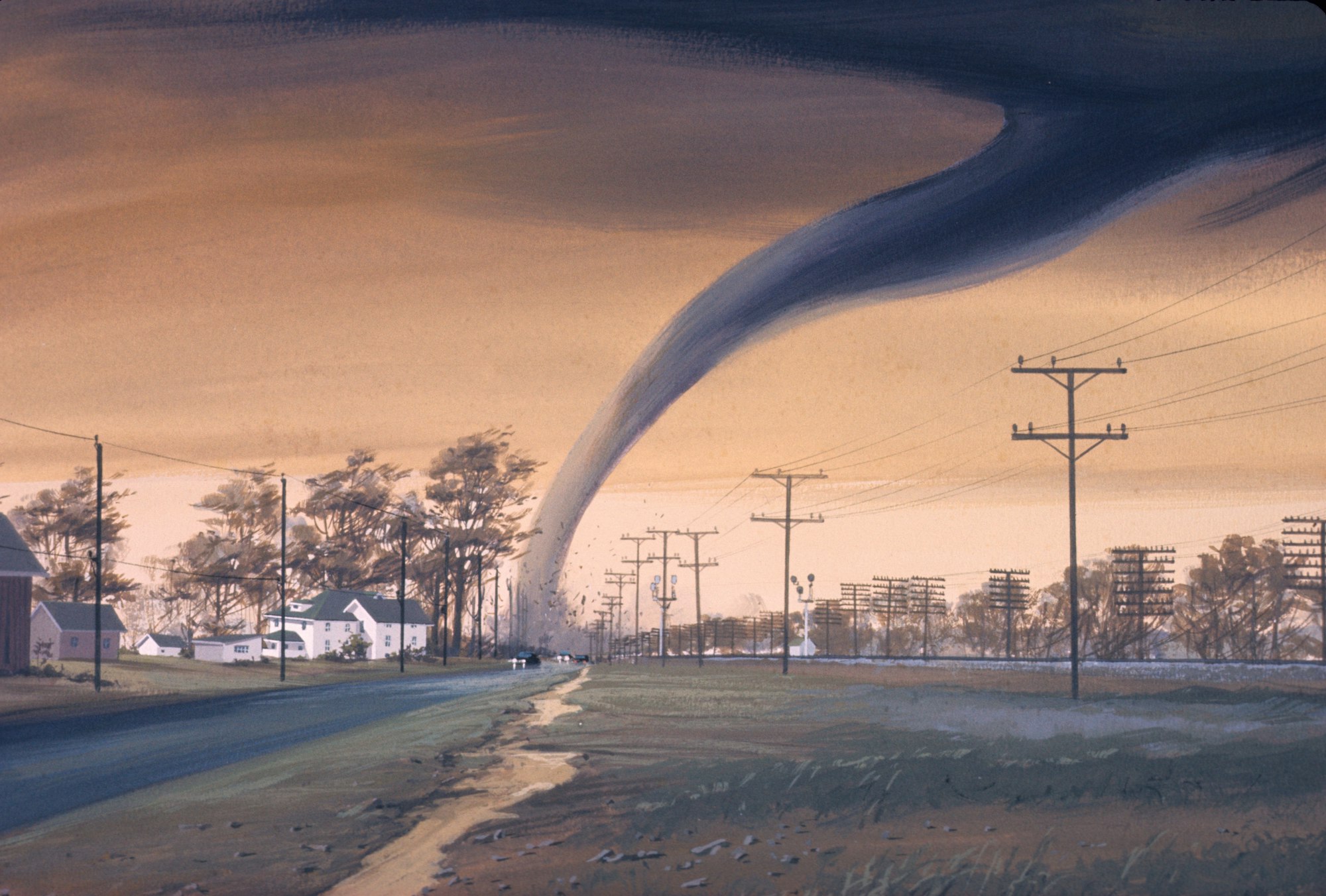
Natural Disaster Survival Guide and Planner
In the realm of natural disaster preparedness, two tools stand out for their importance and effectiveness: the survival guide and the planner.
While a survival guide provides you with the necessary knowledge and steps to take during a disaster, a planner helps you organize and execute these steps effectively.
Introduction to Survival Guides and Their Role
A survival guide is a comprehensive resource that contains critical information and instructions to follow before, during, and after a natural disaster.
These guides usually cover a range of scenarios and offer practical advice on how to handle various emergencies.
From basic first aid techniques to instructions on how to purify water, a survival guide is an indispensable source of knowledge for anyone looking to be prepared for natural disasters.
Content of a Survival Guide:
- Basic First Aid: Instructions on handling common injuries during disasters.
- Emergency Procedures: Steps to take for specific types of disasters (earthquakes, floods, etc.).
- Survival Skills: Tips on finding shelter, sourcing water, and more.
- Evacuation Plans: Guidance on when and how to evacuate safely.
How Planners Complement Survival Guides
While a survival guide offers the 'what' and 'how' of disaster response, a planner helps you personalize and organize this information in a way that suits your specific needs.
Personalizing Information:
Use your planner to jot down key information from the survival guide that pertains specifically to your area, family needs, and personal circumstances.
Emergency Contacts and Information:
In your planner, keep a list of emergency contacts, including local authorities, medical facilities, and family members. Also, include personal information like medical records and insurance details.
Checklists and Inventories:
Transform survival guide recommendations into checklists and inventories in your planner. This can include supplies, medications, and essential documents you need to gather.
Action Plans and Drills:
Detail your family’s action plans for different disaster scenarios in your planner. Schedule regular drills and update the plan as needed.
Tracking and Updating:
Regularly update your planner with new insights from survival guides, changes in family circumstances, or revised emergency procedures.
Tips on Using Planners Alongside Survival Guides
Consistent Review and Updates:
Regularly cross-reference your planner with your survival guide to ensure all information is current and comprehensive.
Accessibility:
Keep both your survival guide and planner in an easily accessible location, preferably with your emergency kit.
Family Involvement:
Involve your family in reviewing both the planner and the survival guide. This ensures everyone understands the plans and knows where to find important information.
Practice and Simulations:
Use the planner to schedule regular practice runs and simulations based on scenarios outlined in the survival guide.
Supplementing with Technology:
Consider digital versions of survival guides and planners for added convenience and accessibility, especially on mobile devices.
By effectively combining the detailed knowledge from a survival guide with the organizational capabilities of a planner, you can create a robust and personalized disaster preparedness plan.
This powerful duo will not only provide you with essential information but also help you manage and execute your plans efficiently, increasing your chances of staying safe during natural disasters.

Family Emergency Planning for Natural Disasters
Family emergency planning is a crucial aspect of preparing for natural disasters. Every family is unique, with its own needs, challenges, and dynamics, making it essential to have a disaster plan that is specifically tailored to your family.
Importance of Family-Specific Disaster Plans
Every family has different requirements based on the number of members, ages, medical conditions, and even pets. A one-size-fits-all approach to disaster planning may not cover all these aspects effectively.
Ensuring Everyone is Prepared:
Involving all family members in the planning process helps ensure that everyone understands what to do in case of an emergency. This includes discussing meeting points, contact information, and roles each member will play.
Addressing Specific Risks and Scenarios:
Depending on where your family lives, you may face specific types of natural disasters. A family in a coastal area might prepare differently for hurricanes than a family in an earthquake-prone region.
Customizable Planners for Families in Your Product Line
Recognizing the diverse needs of families, when creating your product line, this is a list of features to consider including.
Features to Consider in Family Customizable Planners:
- Sections for Each Family Member: Include individual sections where details specific to each family member can be recorded, such as medical information, personal needs, and emergency roles.
- Pet Care: For families with pets, include sections for pet care during emergencies, ensuring that your furry friends are not forgotten in your plans.
- Interactive Checklists and Templates: Provide interactive checklists and templates that can be filled out and updated as your family's needs change.
- Educational Resources for Kids: To help educate younger family members, include child-friendly resources and activities that teach them about emergency preparedness in an engaging way.
- Durable and Accessible Design: Designed to withstand rough handling, these planners are also made to be easily accessible, so they can be quickly grabbed in an emergency.
Customization Options:
- Personalization: Customers can personalize these planners with names, contact information, and specific family details.
- Modular Add-Ons: Additional modules can be added to cater to specific family requirements, such as elder care, disability accommodations, or dietary restrictions.

Integrating the Planner into Family Life
When it comes to being prepared for disaster, integrating your emergency plan into everyday family life is essential. This not only ensures that everyone is familiar with the plan but also helps in building a habit of preparedness.
A key aspect of this integration is using your planner as a central tool in organizing and managing these activities. Here are some ways to effectively incorporate your planner into your family's routine:
Regular Family Meetings
One of the most effective ways to ensure everyone in the family is on the same page is through regular family meetings. These meetings are an opportunity to discuss, review, and practice your emergency plans.
- Scheduling Meetings: Use your planner to schedule these meetings at regular intervals. Whether it’s monthly or quarterly, consistent meetings help keep emergency preparedness at the forefront of everyone’s mind.
- Agenda Setting: In your planner, outline the agenda for each meeting. This might include reviewing evacuation routes, updating contact information, or discussing recent changes that could affect your emergency plan.
- Documenting Discussions: Use the planner to document key points from each meeting. This can include tasks assigned to family members, updates needed for your emergency kit, or new strategies you want to implement.
Involving Children
Children are an integral part of family emergency planning. They must understand what to do in case of a disaster, in a way that is appropriate for their age and understanding.
- Age-Appropriate Tasks: Assign tasks to children that they can manage. This could be as simple as checking the batteries in flashlights or helping to pack their own ‘emergency bag.’ Use the planner to list and track these tasks.
- Educational Discussions: Use family meetings to educate your children about natural disasters and emergency preparedness. Discussing topics like why it’s important to have a plan and what each type of disaster entails can be noted in the planner for structured conversations.
- Practice Drills: Incorporate practice drills into your family meetings. Use your planner to schedule these drills and keep a record of how each drill went, noting areas of improvement for next time.
Making it a Family Activity
- Customizing the Planner: Encourage your children to participate in customizing the planner. This could be through adding stickers, coloring sections, or helping to fill in information. It makes the process more engaging for them.
- Feedback Sessions: After each drill or meeting, have a feedback session where each family member, including children, can express their thoughts or concerns. This not only helps in refining the plan but also makes everyone feel heard and involved.
When you integrate the family into the preparation you create a culture of preparedness in your home. This not only ensures that everyone knows what to do in case of an emergency but also strengthens the family bond through collaborative planning and learning.

Keeping the Planner Updated
A key aspect of ensuring your family's emergency plan remains effective is regular maintenance and updating of your planner. As life changes, so do the requirements of your emergency preparedness plan. Regular reviews of your planner can help you keep pace with these changes, ensuring that your plan is always current and as effective as possible.
Regular Reviews
The importance of periodically reviewing your emergency plan cannot be overstated. These reviews should be comprehensive, covering every aspect of your plan.
- Scheduling Reviews: Use your planner to set reminders for regular reviews. These can be timed with significant seasonal changes, as some natural disasters are seasonal, or can be done quarterly or semi-annually.
- Checking Details: During each review, check all details in your planner. This includes contact information, medical information, evacuation routes, and meeting points. Ensure that all information is current and accurate.
- Updating Supplies Lists: Your emergency supplies list should be reviewed and updated to account for any changes in family needs, expiration dates of supplies, and to replenish used or outdated items.
Adapting to Life Changes
Your family's emergency plan should be a living document, evolving as your family does.
- Relocation: If you move to a new home, significant updates will be needed. This includes new evacuation routes, new local emergency services, and possibly new risks associated with the location.
- Family Changes: Any changes in the family, such as the birth of a child, a family member moving out, or the addition of a pet, require updates to the plan.
- Medical Updates: Any changes in the health status of family members should be reflected in the planner. This includes new allergies, medications, or medical conditions.
Involving the Whole Family
Just as with creating the plan, updating it should also be a family affair.
- Family Meetings for Updates: Use regular family meetings as a time to discuss updates to the planner. This ensures that everyone is aware of the changes and understands their role in the updated plan.
- Teaching Responsibility: Assign each family member a specific area of the planner to review and update. This not only divides the work but also teaches responsibility and ensures thoroughness.
Keeping it Accessible and Secure
Finally, your updated planner should be kept in a known, easily accessible location.
- Accessibility: Ensure that every family member knows where the planner is kept. In an emergency, time is of the essence, and searching for the planner can cause unnecessary delays.
- Protection: Consider keeping your planner in a waterproof and fireproof container, especially if it includes important documents.
This ongoing process not only keeps your plan relevant but also reinforces the importance of preparedness in your family’s mindset.

Resources for Emergency Planners and Checklists
The 30 Day Emergency Prepper Challenge Workbook PLR Template comes with 34 Pages. It is 100% Unique and made by Michelle of PLR Niche. The template is in two sizes, 8.5 x 11 & 8 x 10, Editable PowerPoint Files, PDF File, Font Files, Commercial Use Rights.
A workbook filled with planning, tracking and action sheets to help you prepare for emergencies, from natural disasters to financial pinches.
This life saver comes with 92 pages, plus a matching calendar and 2 page monthly planner – so you'll never be caught off guard again! Don't be caught in a pickle, pick up this emergency binder today!
The Survival Planner PLR is a meticulously crafted toolkit that provides you with the tools and knowledge needed to create a robust survival plan. Whether you're preparing for natural disasters, emergencies, or other unforeseen events, this PLR product covers a wide range of survival planning aspects, including food and water storage, shelter, medical supplies, and communication strategies.
